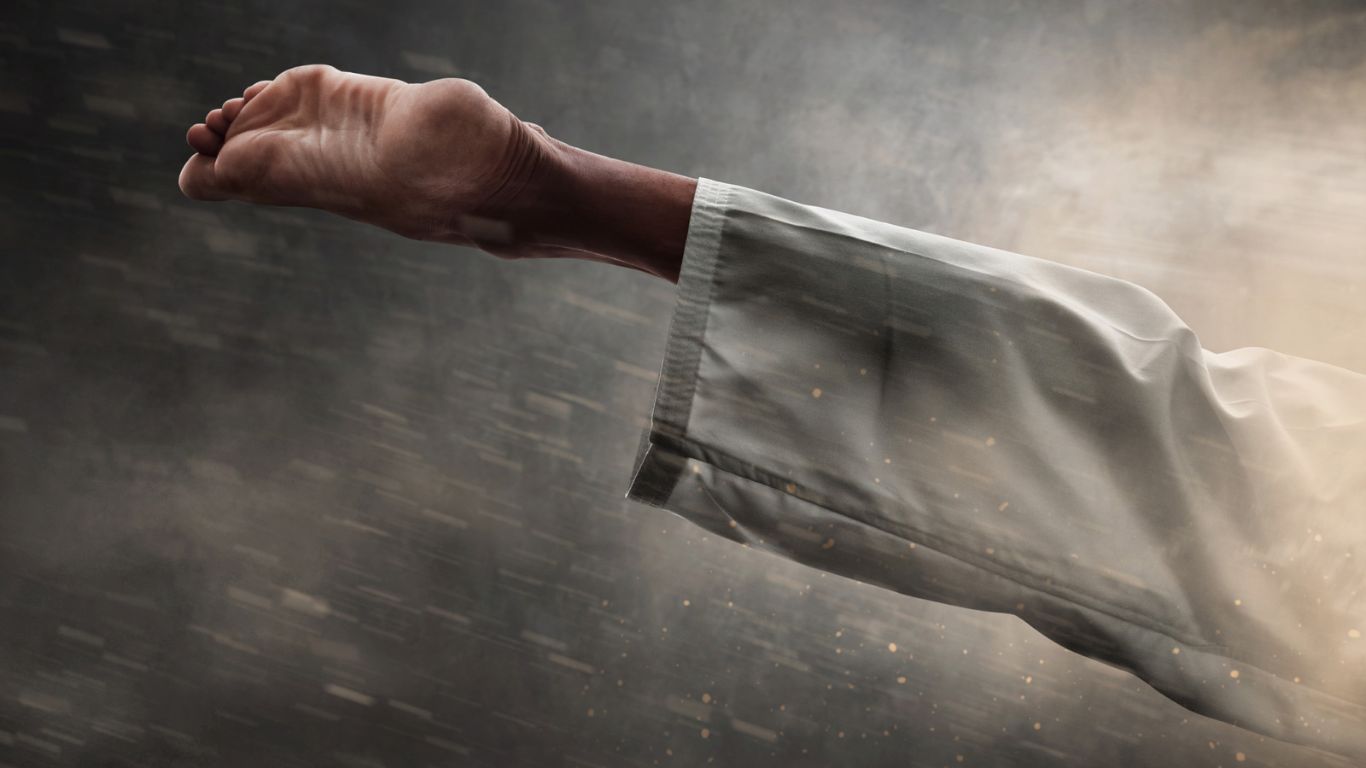Kicking is an integral aspect of RKD Karate, a feature of Green Belt, and is a key component of many traditional karate forms and techniques. In RKD Karate, kicking is seen as a powerful tool for both offense and defense, allowing practitioners to deliver devastating strikes while also providing a means of deflecting and avoiding attacks. Whether used to deliver a finishing blow or to create space and control the distance between opponents, kicking is an essential aspect of RKD Karate that requires skill, control, and precision.
Training to improve your kicking in RKD Karate requires a combination of physical and mental preparation. Physically, it is important to build strength and flexibility in the legs and hips, as these are the primary power centers for most kicks. To build leg strength, you can practice exercises such as squats, lunges, and calf raises, as well as incorporating plyometrics and jumping exercises into your training routine. To improve hip flexibility, you can perform stretches such as the butterfly stretch, hip flexor stretch, and seated straddle stretch.
In addition to physical preparation, mental preparation is also important for improving your kicks in RKD Karate. This involves focusing on proper technique, developing a sense of balance and control, and training your mind to react instinctively and effectively in the moment. To develop these skills, you can practice kicking drills, perform slow, controlled movements, and visualize yourself executing kicks successfully in real world scenarios.
Another important aspect of training to improve your kicks in RKD Karate is to incorporate sparring and partner drills into your routine. These drills allow you to apply your kicks in a more realistic and dynamic setting, helping you to build confidence, control, and accuracy in your movements. When practicing with a partner, you can also receive feedback and make adjustments to your technique, further refining your kicks and improving your overall performance.
In conclusion, kicking is an essential aspect of RKD Karate and requires a combination of physical and mental preparation to master. Whether used for offense or defense, kicking is a powerful tool that requires skill, control, and precision. By incorporating strength and flexibility training, mental preparation, and sparring and partner drills into your routine, you can take your kicking to the next level and become a more effective and confident practitioner of RKD Karate.


